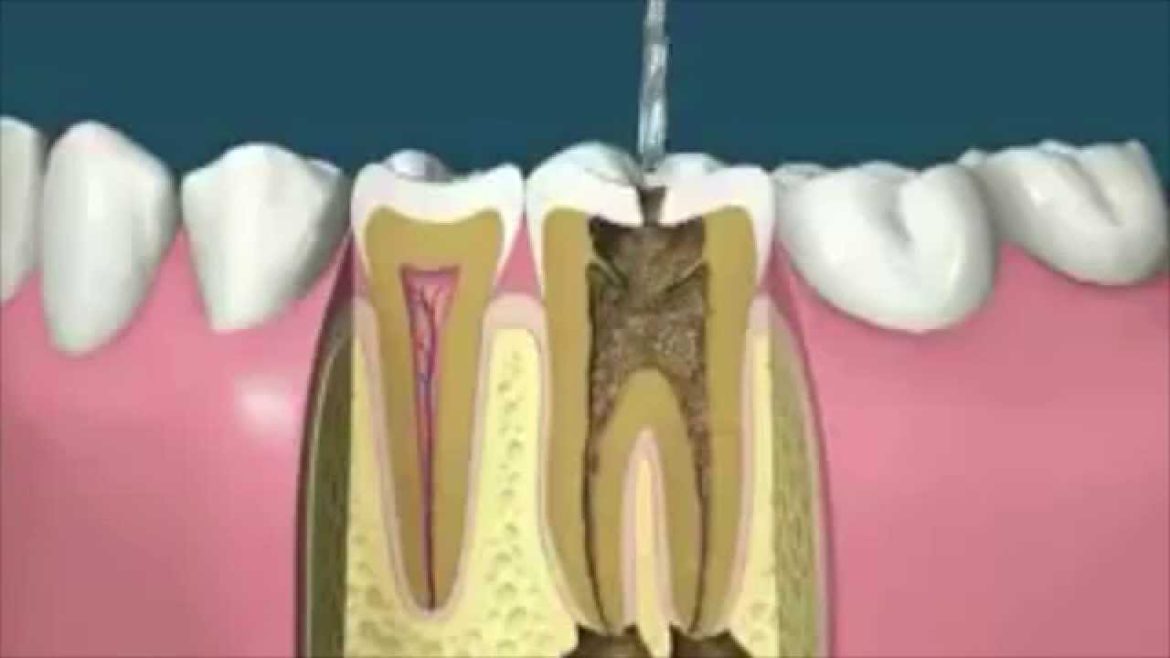If you’re like most people, the first time you heard about root canal treatment was when you got it! Maybe you had no idea what to expect, or maybe you were totally misinformed about root canal treatment, but now that you’re in the midst of it, are you regretting your decision? Are root canals really necessary? Can your dentist give you something for the pain instead? Here are some of the facts that everyone who has ever received a root canal needs to know.
Introduction
Your tooth has a small nerve inside it. This nerve is called the pulp. If your tooth is badly decayed or injured, then the pulp can become exposed and start to die. When this happens, you may need root canal treatment. Root canal treatment will remove the infected pulp and any bacteria which may have been causing it to die. It will also clean out the inside of your tooth with a special cleaning liquid (called sodium hypochlorite) that helps kill any more bacteria that might be lurking in there waiting to attack your tooth again.
Main reasons behind root canal treatment
A root canal treatment is often the best option for teeth that are in serious need of root canal after care. A root canal can save your tooth, while also saving you from a lot of pain and expense. Here’s what you need to know about this procedure and why it is your best option.
1) Root canals are done by a dentist. Dentists have specialized training and experience in performing the procedure with minimal discomfort for their patients.
2) Root canal treatment involves removing all the diseased pulp from inside the tooth and sealing off any remaining nerve tissue, leaving only a clean tooth structure.
Risk factors
Root canal treatment is a procedure performed by a dentist. Root canal therapy may be necessary if the pulp becomes infected or inflamed due to tooth decay or injury. A root canal removes the decayed and infected tissue from inside of the tooth, then cleans and seals the tooth with a filling material that protects against bacteria.
The most common symptoms are pain, swelling and redness near the gum line. Other symptoms include sensitivity to heat, cold or sweets; discoloration of teeth; fever; chills; numbness in your face, neck or jaw; sensitivity to light touch on your face near your teeth or cheekbone; loss of appetite and/or weight loss.
Steps in root canal treatment
A tooth’s nerve is surrounded by a protective layer called the dentin. When this protective layer is breached, it can lead to pain and infection. This breach can happen due to decay, injury, or buildup of plaque. A root canal may be necessary if the pulp becomes infected or inflamed, causing severe pain in the tooth and surrounding areas.
A root canal is a treatment that removes infected material from inside the tooth and replaces it with filling material so that the tooth isn’t hollow anymore. It usually takes two visits with a dentist for root canal treatment-one for anesthetic injection followed by one for removing any remaining infection and placing a filling inside the tooth’s opening. Root canals are considered very safe procedures with high rates of success.
Common symptoms of untreated root canal infection
Symptoms of untreated root canals include pain, swelling, and pus. If you’re experiencing any of these symptoms, it’s important that you see a dentist for root canal treatment as soon as possible. A dental exam will be performed before the treatment begins to determine the severity of your infection. After your dentist has removed the infected nerve, they will fill the empty space with a filling material called gutta percha or sealant material called composite resin or amalgam.
It is important that you continue taking your antibiotic until the end of its course to help prevent secondary infections in your mouth or elsewhere in your body. Once all materials have been inserted into the tooth and filled with anesthetic, every effort is made to keep bacteria out of the tooth so it heals properly from this point forward. Your dentist will then cover all areas with an antibacterial dressing before placing a temporary crown on top of it which is usually removed after three weeks.
Existing options for endodontic treatment
Endodontic treatment, also known as a root canal, is a procedure in which the dentist removes the infected tissue within the tooth. There are several options for endodontic treatments and it will depend on your individual needs. For example, if you have an abscessed tooth with necrosis (dead tissue), you may need an extraction before anything else. But if you just have a small amount of inflammation or infection, then an antibiotic may be all that’s needed. Your dentist will work with you to figure out what is best for your particular case.

